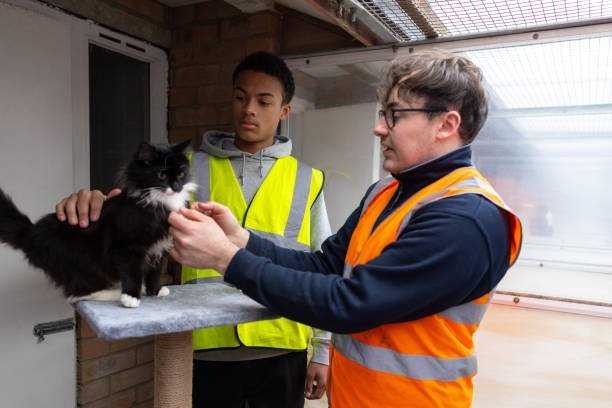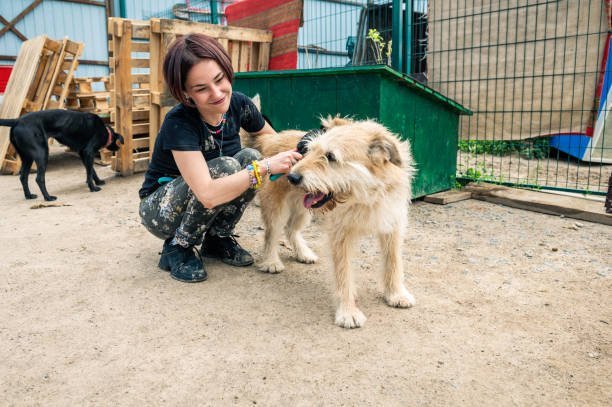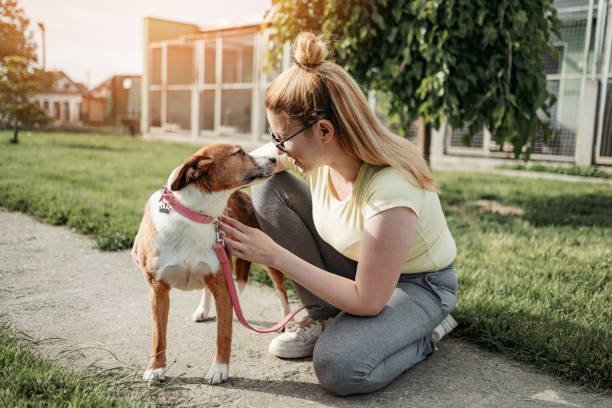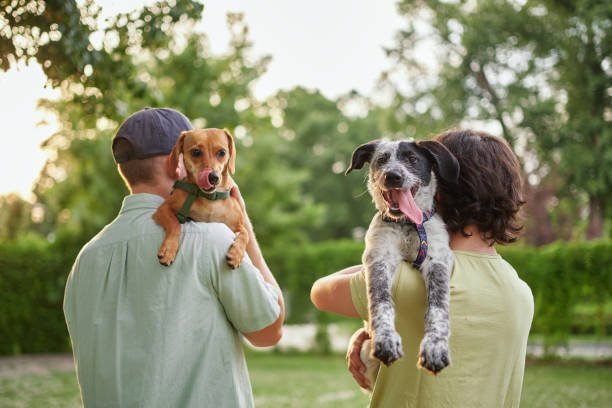Which animals are most commonly in need of rescue and rehabilitation?

Introduction:
In this article, we embark on a journey to explore a question deeply rooted in the world of animal welfare. In this age of increasing awareness and compassion for animals, it is imperative to understand the specific species and situations where rescue and rehabilitation efforts are most crucial.
In this context, we will delve into the diverse array of animals facing hardship, from domestic pets abandoned by their owners to wildlife caught in the throes of environmental crises. We will examine the factors that contribute to their vulnerability and the dedicated individuals and organizations working tirelessly to provide them with a lifeline. By shedding light on the common denominators among animals in need, we aim to foster greater empathy, advocacy, and action to ensure the well-being and survival of these remarkable creatures who share our planet.
Domestic Pets Abandoned or Surrendered:
Domestic pets, such as dogs, cats, rabbits, and small rodents, are commonly in need of rescue and rehabilitation when they are abandoned or surrendered by their owners. Unfortunately, various factors can lead to pet abandonment, including financial hardship, lifestyle changes, or unexpected circumstances. These animals often find themselves in shelters or rescue organizations, seeking new homes and care.
Rescue and rehabilitation efforts for abandoned or surrendered pets involve providing them with shelter, medical care, and, most importantly, the opportunity for adoption into loving, responsible homes. Rehabilitation may also encompass addressing behavioral issues that may have developed due to neglect or mistreatment. The goal is to help these pets recover physically and emotionally, offering them a fresh start in life.
Stray and Feral Cats and Dogs:
Stray and feral cats and dogs represent another group commonly in need of rescue and rehabilitation. Stray animals may have once had homes but have become lost or abandoned. Feral animals are often born and raised in the wild, living without human contact. These animals face numerous challenges, including hunger, exposure to harsh weather, and the risk of disease and injury.
Rescue and rehabilitation for stray and feral animals involve trapping, providing medical care, spaying or neutering to control populations, and socialization efforts to make them adoptable. Many animal welfare organizations run trap-neuter-return (TNR) programs for feral cats to manage and improve the lives of these animals. For both strays and ferals, the aim is to transition them from life on the streets to loving homes whenever possible, ensuring they receive the care and attention they deserve.
Wildlife Impacted by Habitat Destruction:
Wildlife, particularly species affected by habitat destruction and environmental changes, are increasingly in need of rescue and rehabilitation. Human activities such as deforestation, urban expansion, pollution, and climate change can disrupt natural habitats, leading to injured, orphaned, or displaced wildlife.
Rescue and rehabilitation efforts for wildlife typically involve organizations and individuals dedicated to the preservation and rehabilitation of native species. Injured or orphaned animals may receive medical treatment and rehabilitation in specialized wildlife centers. The goal is to release these animals back into their natural habitats once they are healthy and capable of surviving independently. These efforts are vital for conserving biodiversity and helping species threatened by habitat destruction regain stable populations in the wild. Wildlife rescue and rehabilitation also contribute to the broader goal of preserving ecosystems and the delicate balance of nature.
Orphaned and Injured Wildlife:
Orphaned and injured wildlife are frequently in need of rescue and rehabilitation. These animals can include birds, mammals, reptiles, and even amphibians who have been separated from their parents or suffered injuries due to accidents, predation, or human interference. Orphaned wildlife often requires specialized care, including hand-feeding, warmth, and protection from predators.
Wildlife rehabilitation centers play a crucial role in rescuing and rehabilitating orphaned and injured animals. Licensed wildlife rehabilitators provide medical treatment, nourishment, and shelter to facilitate the recovery process. Once these animals are deemed healthy and capable of surviving in the wild, they are released back into their natural habitats.
Efforts to rescue and rehabilitate orphaned and injured wildlife contribute to the conservation of various species and help maintain the ecological balance of ecosystems. Without intervention, many of these animals would face grim fates, making wildlife rehabilitation a vital component of wildlife conservation.
Exotic and Captive Animals:
Exotic and captive animals often find themselves in need of rescue and rehabilitation due to various circumstances. These animals encompass a wide range of species, including big cats, primates, reptiles, and birds, which are sometimes kept as pets, used for entertainment, or involved in the exotic pet trade. Many of them are subjected to inadequate living conditions, neglect, or abandonment.
Rescue organizations, sanctuaries, and specialized facilities take on the responsibility of providing proper care and rehabilitation for exotic and captive animals. This may involve medical treatment, behavioral rehabilitation, and efforts to help these animals regain their natural instincts and behaviors. In some cases, rescued exotic animals cannot be released into the wild due to their unfamiliarity with natural environments or the risk they may pose to ecosystems. Instead, they find lifelong sanctuary in accredited facilities dedicated to their well-being.
The rescue and rehabilitation of exotic and captive animals highlight the importance of responsible ownership and the ethical considerations surrounding the keeping of wild animals in captivity. These efforts aim to provide a better life for animals that have been exploited for various purposes and promote awareness of the challenges they face.
Farm Animals in Need of Rescue:
Farm animals, including cows, pigs, chickens, and goats, are also commonly in need of rescue and rehabilitation. These animals may suffer from neglect, cruelty, or abandonment on factory farms, in backyard settings, or as a result of economic factors. Farm animal rescue organizations work to provide these animals with a chance for a humane and dignified life.
Rescue efforts for farm animals involve providing veterinary care, proper nutrition, and shelter. Many organizations focus on finding suitable homes or sanctuaries where these animals can live out their lives in conditions that prioritize their well-being. In some cases, rescued farm animals may have special needs due to physical injuries, health conditions, or psychological trauma.
The rescue and rehabilitation of farm animals raise awareness about the ethical treatment of animals in agricultural practices and promote the adoption of cruelty-free and sustainable farming practices. It underscores the importance of recognizing the sentience and value of these animals, advocating for their rights, and working toward a more compassionate future for all living beings.
Conclusion:
I hope that this exploration of the animals most commonly in need of rescue and rehabilitation has illuminated the diverse challenges faced by wildlife, domestic pets, exotic animals, and farm animals. Throughout this article, we’ve delved into the crucial roles of rescue organizations, rehabilitators, and compassionate individuals in providing care, healing, and a second chance to animals in distress.
Whether it’s orphaned and injured wildlife finding their way back to their natural habitats, exotic and captive animals recovering from lives of exploitation, or farm animals rescued from neglect and cruelty, these efforts underscore the importance of recognizing the sentience and intrinsic value of all living beings.
The need for rescue and rehabilitation extends across species boundaries, reflecting the shared responsibility of humanity to protect and care for the vulnerable creatures with whom we share our world. It is a testament to our capacity for empathy and stewardship, highlighting the ongoing commitment to creating a more compassionate and harmonious coexistence between humans and animals.










Post Comment